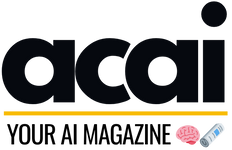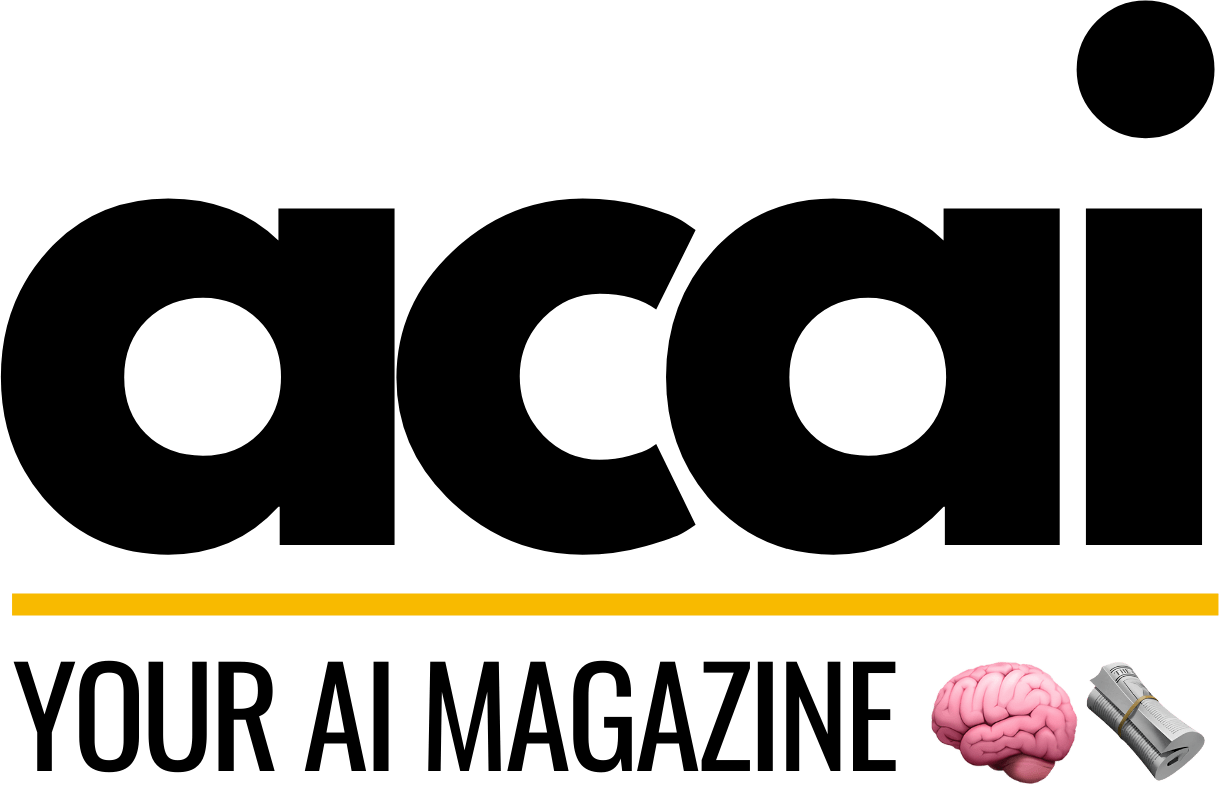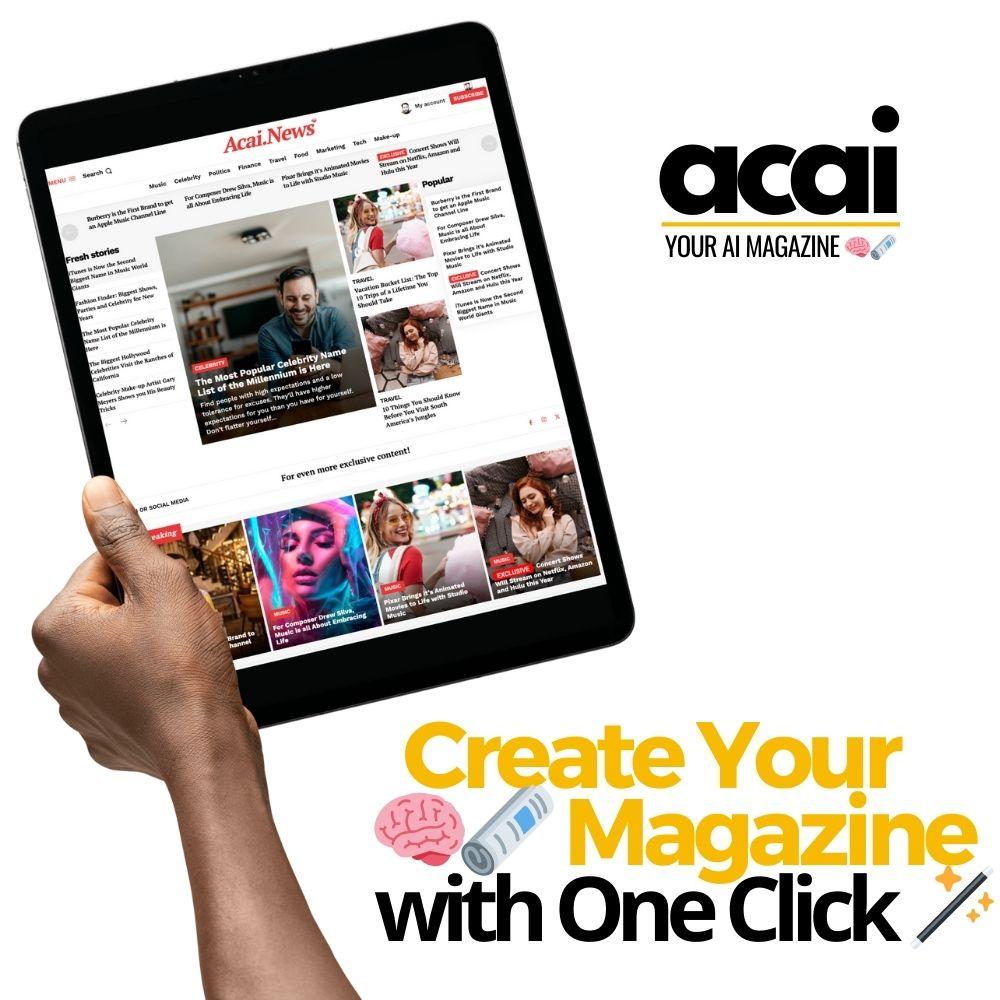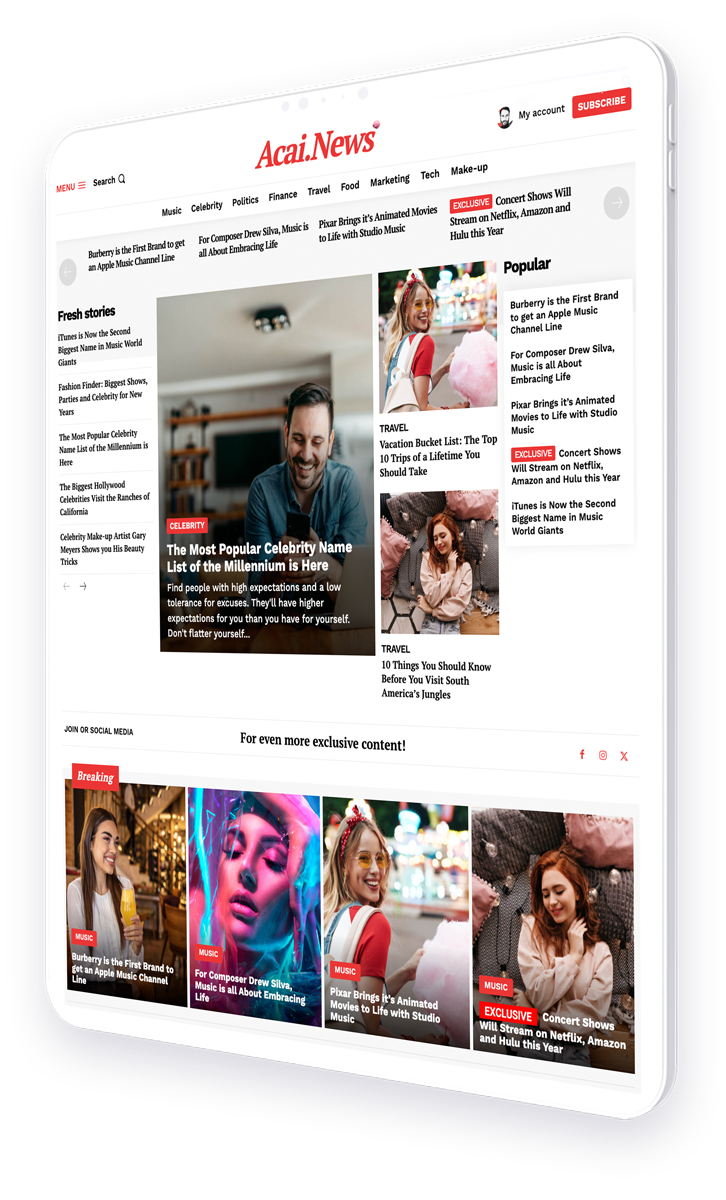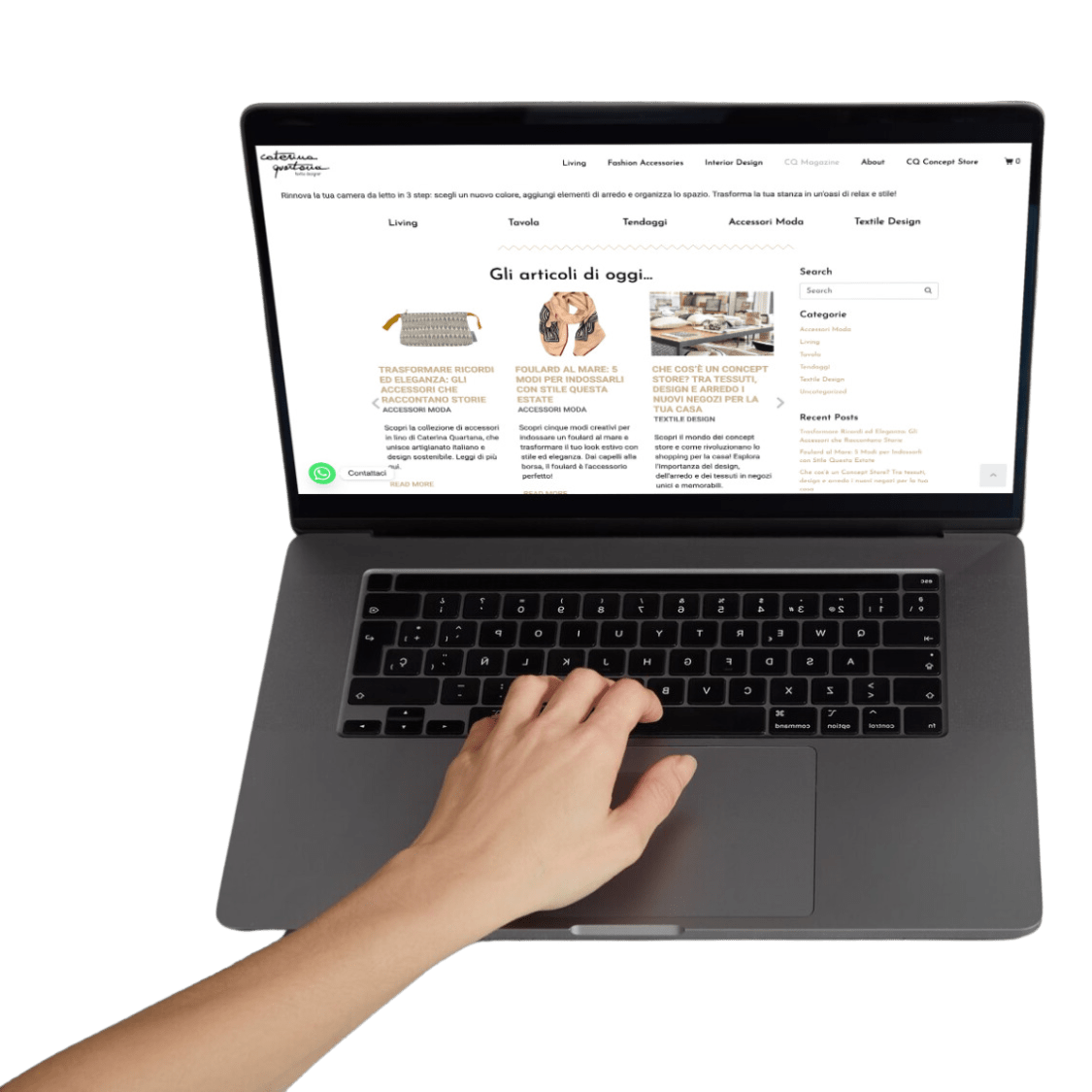Discover How to Balance Discoverability and User Flow to Create a Seamless, Content-Rich Experience That Engages and Retains Users Effectively
An effective digital platform, whether it’s a website, mobile app, or online service, must master the delicate balance between discoverability—making content easy to find—and maintaining a smooth user flow that keeps users engaged and moving through the experience without friction. This article explores strategies and best practices for achieving this balance, ensuring that users not only find what they’re looking for but also enjoy the journey.
In the vast ocean of digital content, users are often overwhelmed with information yet paradoxically may struggle to find the specific content they need. This dichotomy presents a unique challenge for designers and content strategists: how to make content discoverable without sacrificing the user experience. The key lies in a well-thought-out design that aligns with user expectations and behaviors, leveraging both technological tools and psychological insights.
- The Importance of Balancing Discoverability and User Flow
- Strategies for Enhancing Discoverability
- Optimizing User Flow
- Case Studies
- Conclusion
The Importance of Balancing Discoverability and User Flow
Discoverability and user flow are two fundamental aspects of user experience (UX) that can significantly impact the success of a digital product. Discoverability refers to how easily users can find content or features within a product, while user flow pertains to the seamless progression of user actions towards a desired outcome. Balancing these elements is crucial because:
- It enhances user satisfaction and retention.
- It increases the likelihood of user engagement and conversion.
- It reduces user frustration and bounce rates.
Strategies for Enhancing Discoverability
Improving discoverability starts with understanding user needs and behavior. Here are several strategies to consider:
- Effective Information Architecture: Organize content logically and intuitively. Use clear, descriptive labels for navigation and categorization.
- Search Functionality: Implement a robust search engine that supports filters, suggestions, and corrections to help users find content quickly.
- Visual Hierarchy and Design: Use design elements like color, contrast, and size to draw attention to important features and content.
Optimizing User Flow
While discoverability gets users to the right content, optimizing user flow ensures they stay engaged. Here are key tactics:
- Minimize Cognitive Load: Simplify interfaces and reduce the number of choices to prevent user fatigue.
- Consistent Navigation: Keep navigation elements consistent across the platform to prevent confusion and help users learn the interface faster.
- Progressive Disclosure: Reveal information progressively as needed to keep users focused and reduce overwhelm.
Case Studies
Examining real-world examples can provide valuable insights into how successful platforms balance discoverability and user flow. Here are a few case studies:
- Amazon: Known for its powerful search engine and personalized recommendations, Amazon makes it easy for users to find and purchase products.
- Netflix: Netflix uses sophisticated algorithms to recommend content while maintaining a clean interface that promotes an enjoyable browsing experience.
Conclusion
Balancing discoverability and user flow is essential for creating a successful content-rich experience. By focusing on user-centric design principles and continuously testing and refining the user experience, digital platforms can achieve this balance. The result is a product that not only meets the needs of its users but also exceeds their expectations, leading to higher engagement and satisfaction.
For more detailed insights on UX design principles, visit Nielsen Norman Group, an authoritative source on user experience research.
